A recent LendingTree survey revealed that many Americans no longer see fast food as the affordable food option it once was. Now, many people view fast-food restaurants as a luxury. This view is reflected in the spending habits of customers and in the response of many companies.
How We View Fast Food
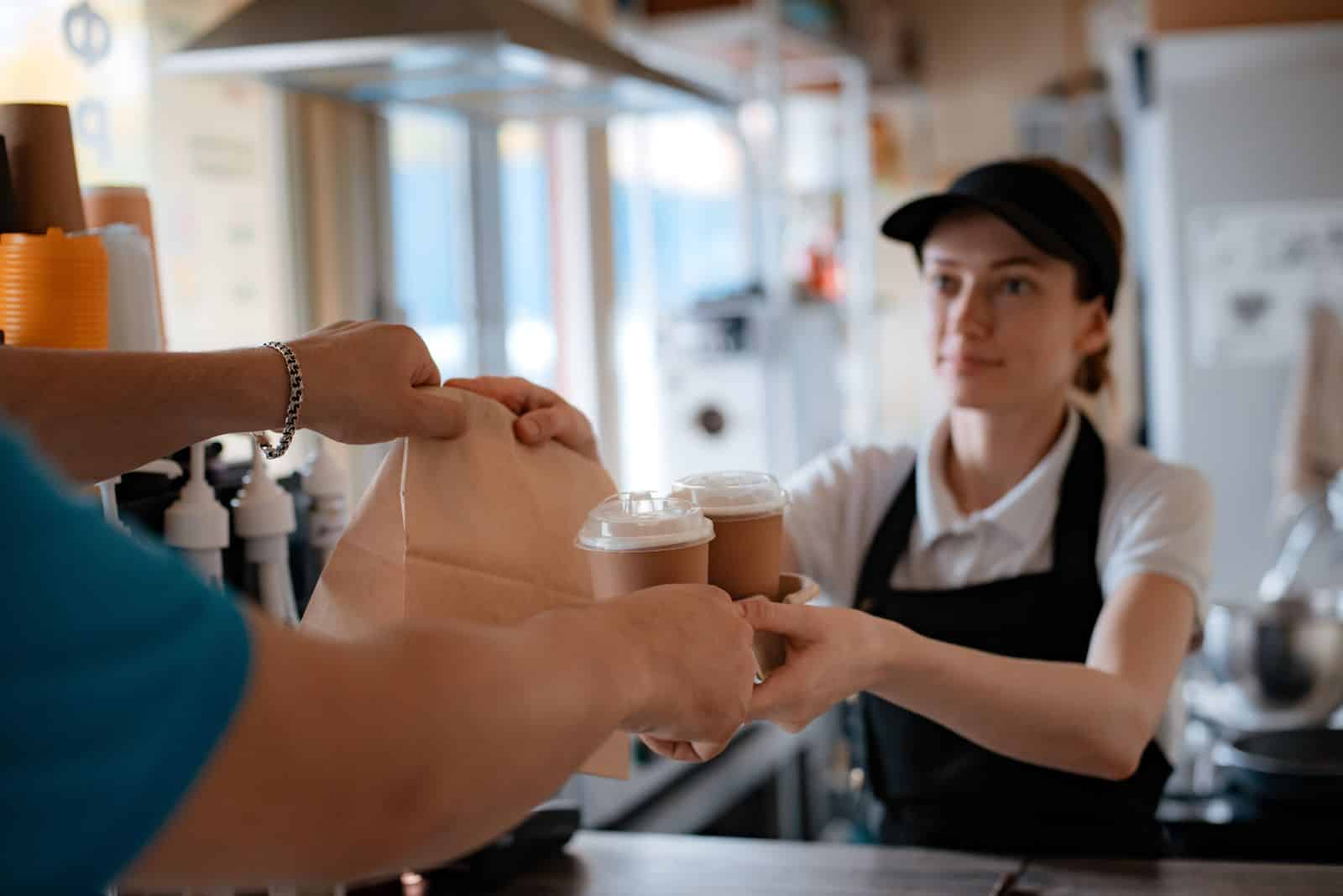
A few years ago, fast food was considered to be a generally unhealthy, but cheap and quick meal option. Now, according to a recent LendingTree survey, 78% of Americans view it as a luxury option.
History of Fast Food

With its creation in 1916, White Castle became the first fast-food restaurant. Since then, many global competitors, such as McDonald’s, Burger King, and KFC have risen in popularity, becoming symbols of affordability and convenience.
Early Pricing
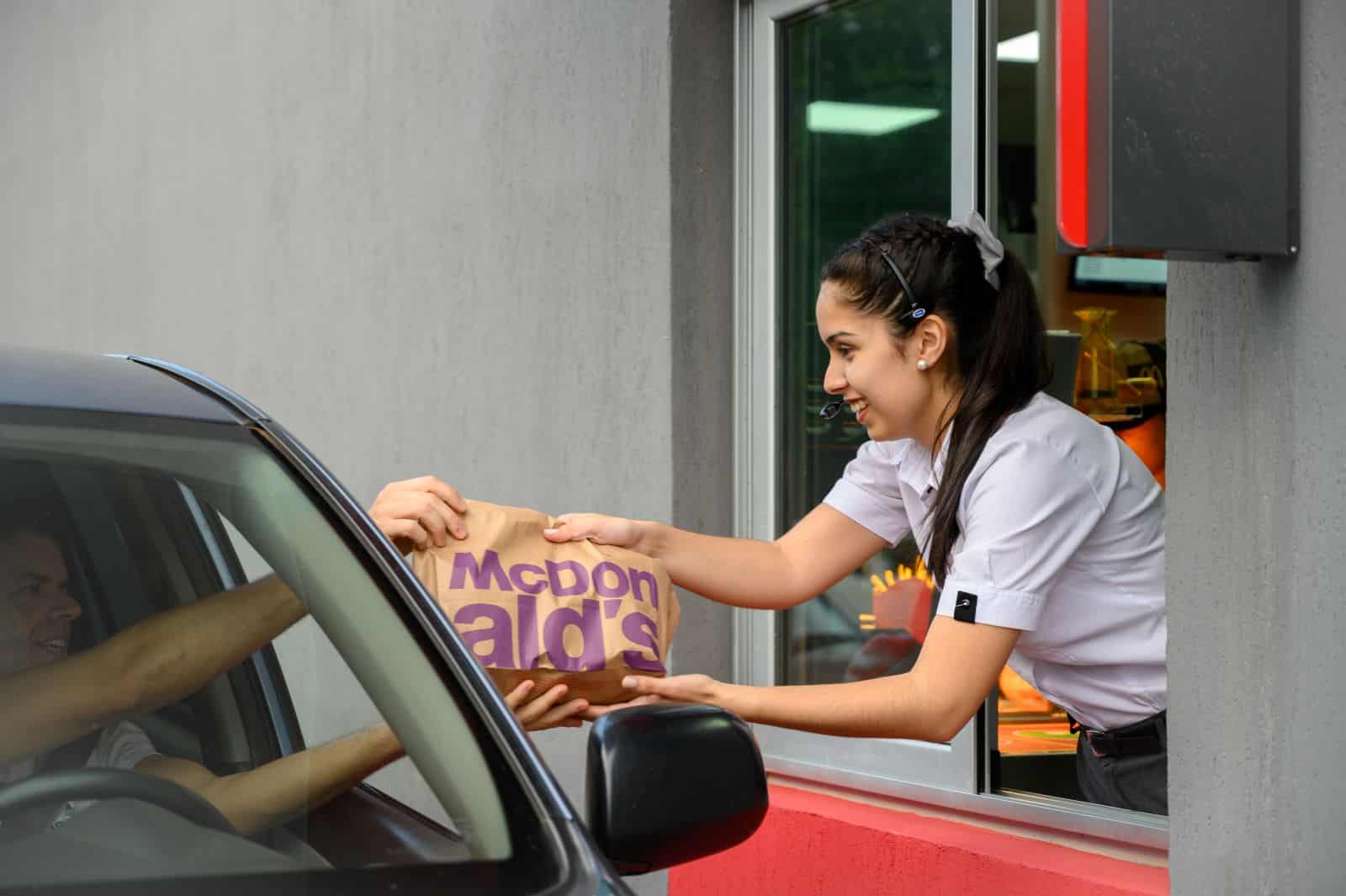
Fast food was originally designed to be budget-friendly. Meals were priced low in order to attract more customers, making it accessible to almost anyone.
Pricing Rises with Inflation

As time has progressed and inflation continues to rise, so has the cost of ingredients, labor, and overhead. This shift in expenses has led to higher prices at fast food chains.
Effect of the Pandemic

The biggest impact of the pandemic was on the supply chains and operational costs of many fast-food restaurants. As a result, many menu prices continued rising even higher.
Healthier Trends

With an increasing focus on healthy eating in society, many fast-food chains have added healthier, and often more expensive, options to their menus. This is also evident in the added meatless options at many restaurants looking to expand their base and appear more luxurious.
Shift in Consumer Behavior

While concerns about health have long driven consumers away from eating fast food every day, rising prices have now shifted this behavior even more. Consumers are even more selective about indulging in fast food.
An Occasional Treat

Fast food has become an occasional treat rather than an option for regular meals. People are more likely to seek out fast food for their birthdays or as a treat after a bad week, rather than a regular Wednesday-night meal.
Pricing Differences Between Chains

All fast-food chains are not the same. In the survey, participants rated Chick-fil-A and Starbucks as the most high-end fast food chains, followed closely by Chiptole and McDonald’s.
Fast Food Rebranding

Some fast-food chains have opted to embrace the market shift and rebrand themselves as premium options. This has included creating upscale menu items and playing into trendy marketing campaigns.
Impact of Tipping Culture
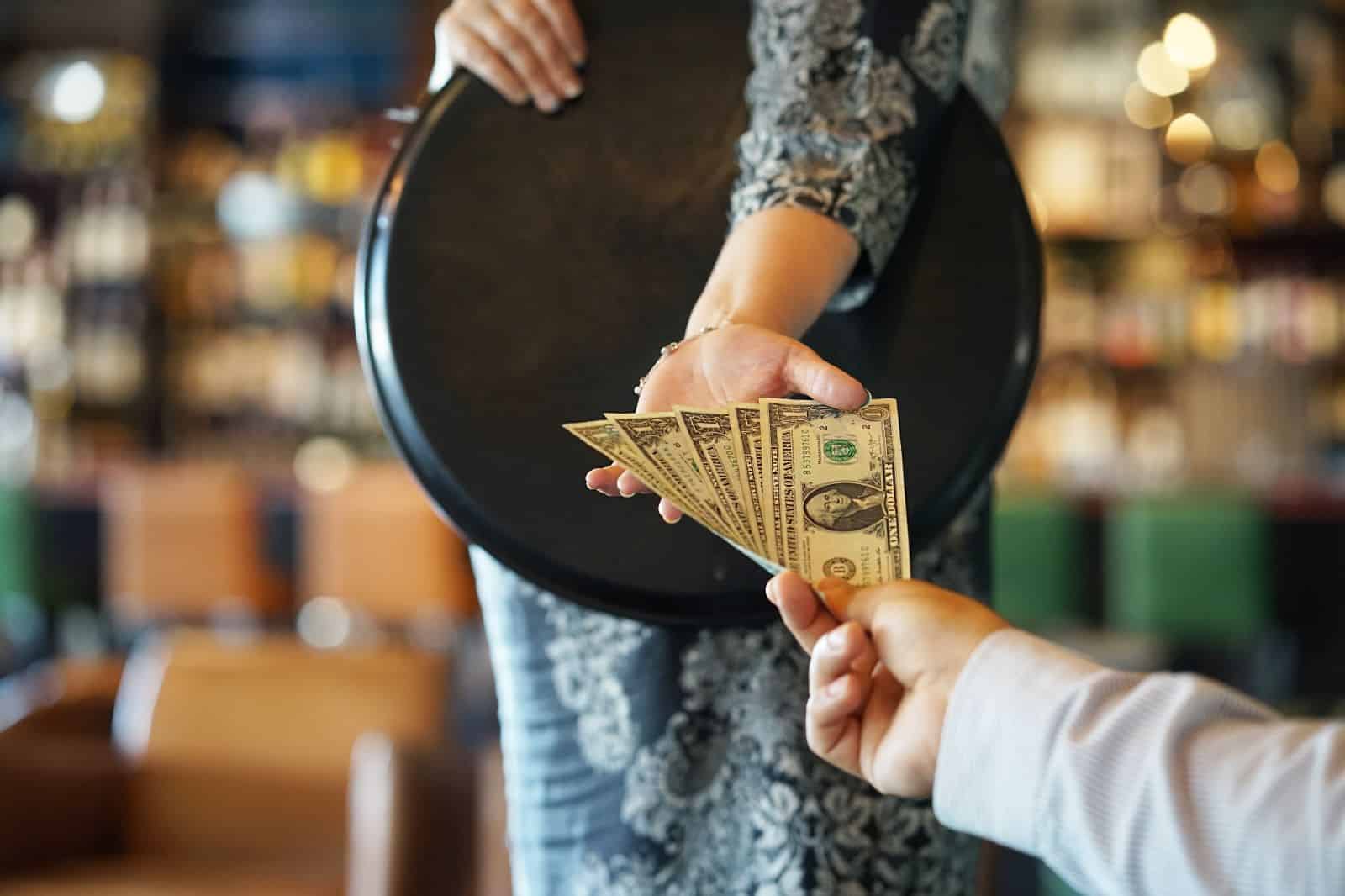
Tipping used to be reserved primarily for sit-down restaurants. Nowadays, tipping has extended to other food and drink services, including fast-food restaurants. Whether or not each individual tips, the culture is changing and by default, making meals even pricier.
Impact on Low-Income Families

Many low-income families used to depend on the affordability and accessibility of fast food. The rising costs have moved this option out of reach, significantly impacting their daily lives and access to food.
Response of Companies
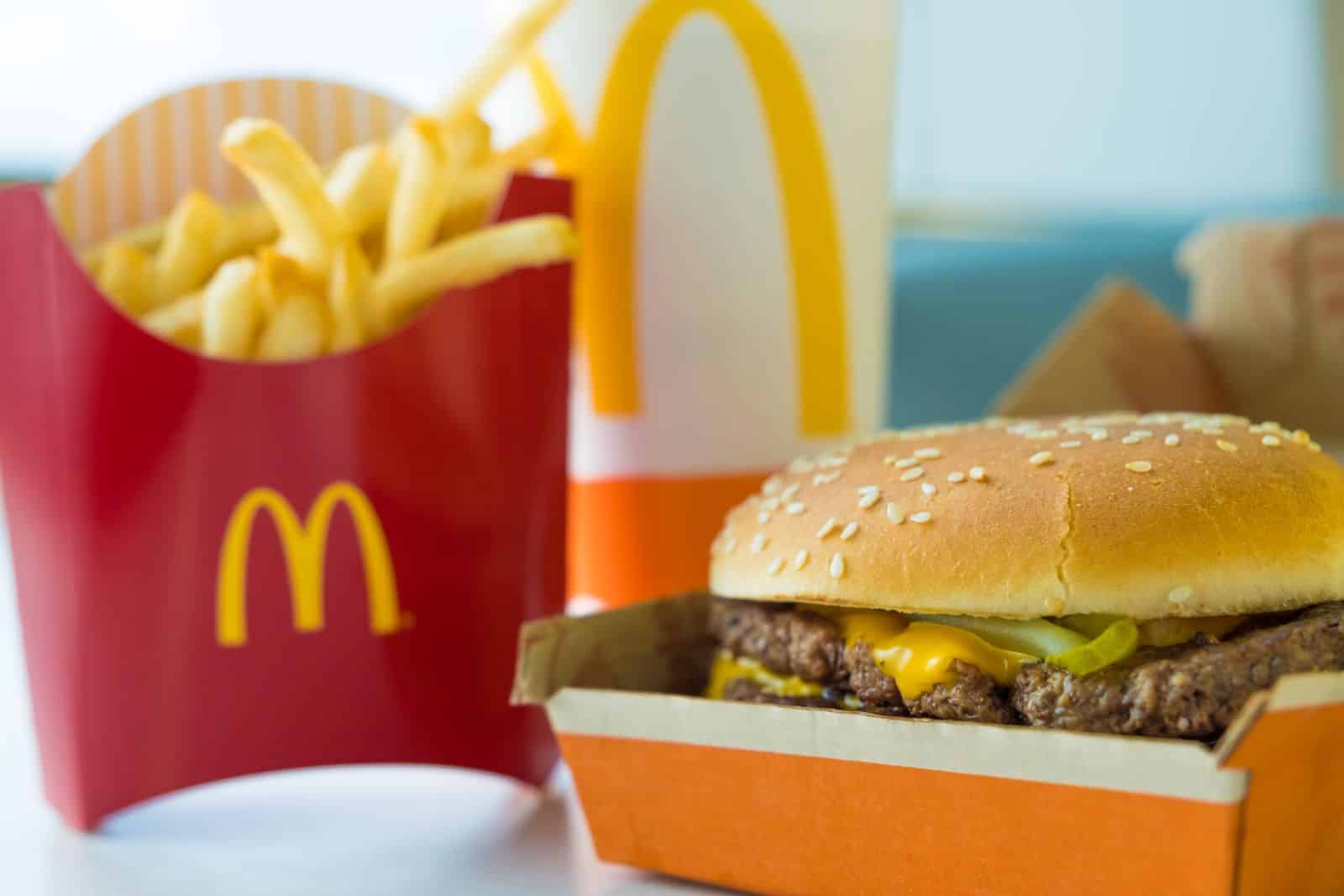
Many fast-food companies are responding to price concerns by offering new deals and promotions. For example, McDonald’s recently announced a new $5 value meal and Wendy’s is introducing a $3 breakfast deal, in an effort to bring more customers.
Menu Innovation
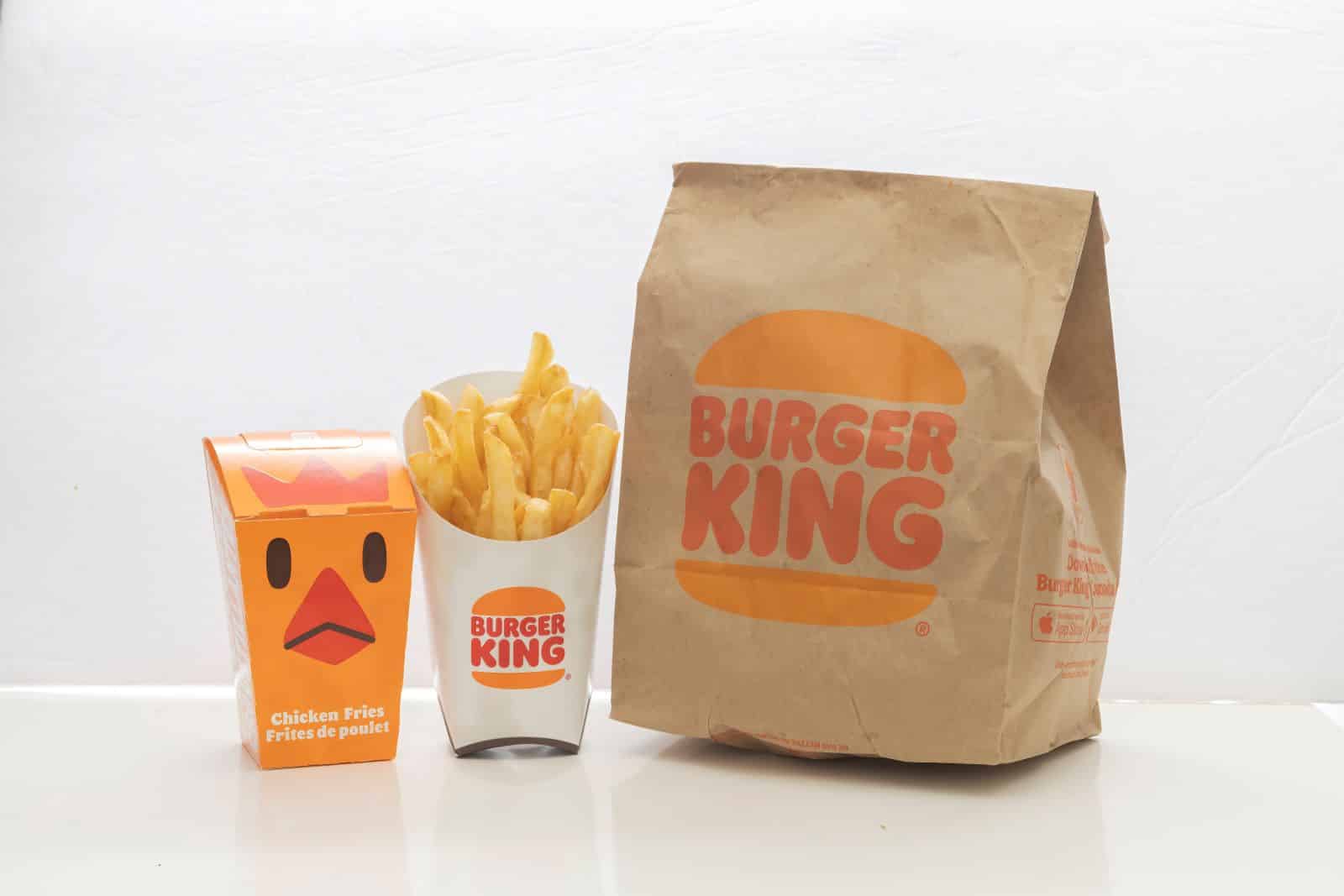
Some chains are changing their menus by offering new, unique items. This includes limited-time offers for specific items and new flavors to attract customers who are willing to spend more for the experience.
New Loyalty Programs

To keep people coming back, many chains are introducing loyalty programs or enhancing their current systems to reward regular customers. These programs offer discounts, various free times, and other incentives.
Role of Technology
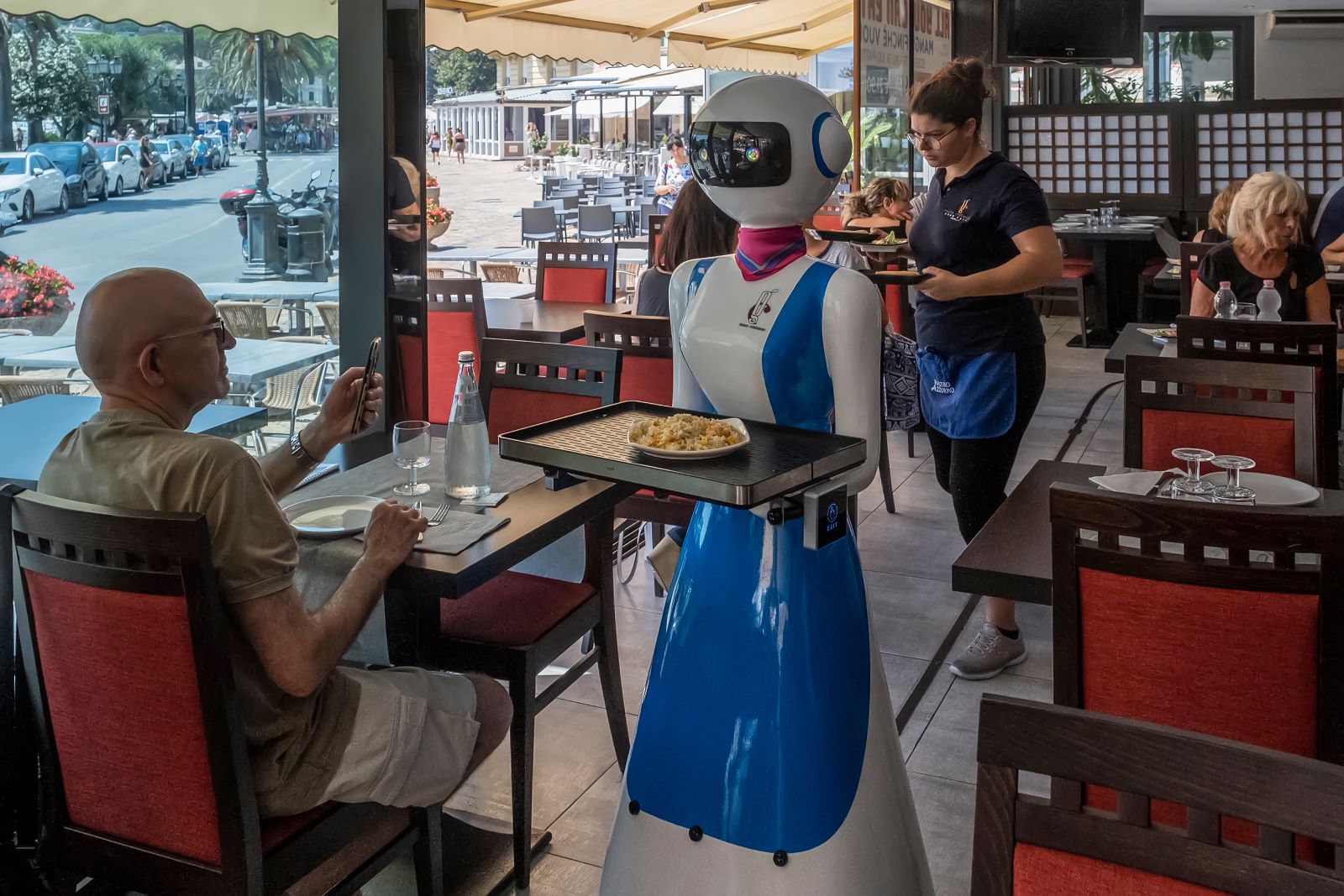
Technology has increased the convenience of fast food even more. Customers are now able to order and request delivery of their meals on their mobile apps or online platforms. While fast food has always been considered a quick option, now it’s becoming even faster and easier.
Appeal of Sustainability

Some chains have chosen to focus on local sourcing and sustainability as their justification for higher prices. This method plays on customers’ willingness to pay more for products they consider to be environmentally friendly or beneficial to their local community.
The Future of Fast Food Pricing

As the economy fluctuates, so will the pricing strategies of many fast-food chains. Companies are attempting to balance affordability with quality and innovation, so there may be continued pricing adjustments.
Consumer Expectations
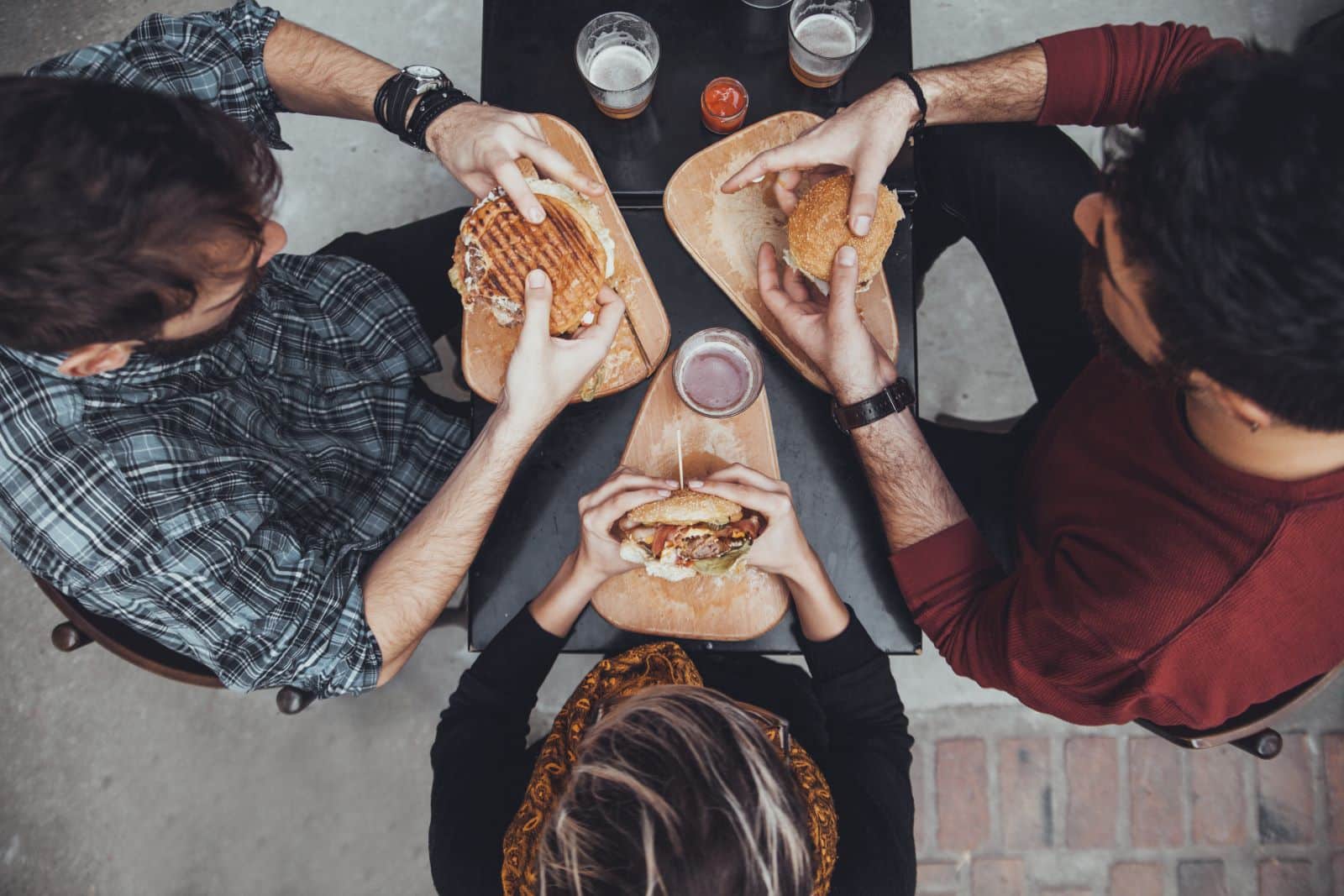
Consumer expectations have risen as fast food has begun to be viewed differently. With the change in perception comes an expectation for higher quality, better service, and regular new menu items from their fast food visits.
‘We Have Food At Home’

Without fast food as an easy and cheap option, many families will most likely turn to cooking at home instead. At one point, fast food was considered to be cheaper than homemade meals but that seems to no longer be the perception.
Fast Food Culture Shift

Fast food is no longer the quick-bite option. It’s becoming a luxury experience for Americans to indulge in selectively, which reflects the wider economic and cultural trends.
Budget Boss: 12 Tips for Managing Your Money Wisely

Embarking on a journey to master budgeting requires evidence-based strategies supported by research to manage your finances effectively and achieve your financial goals. Here are 12 research-backed tips, along with actionable steps to implement them, for mastering budgeting and maximizing your financial well-being. Budget Boss: 12 Tips for Managing Your Money Wisely
Ranking the Top and Bottom 24 U.S. Universities
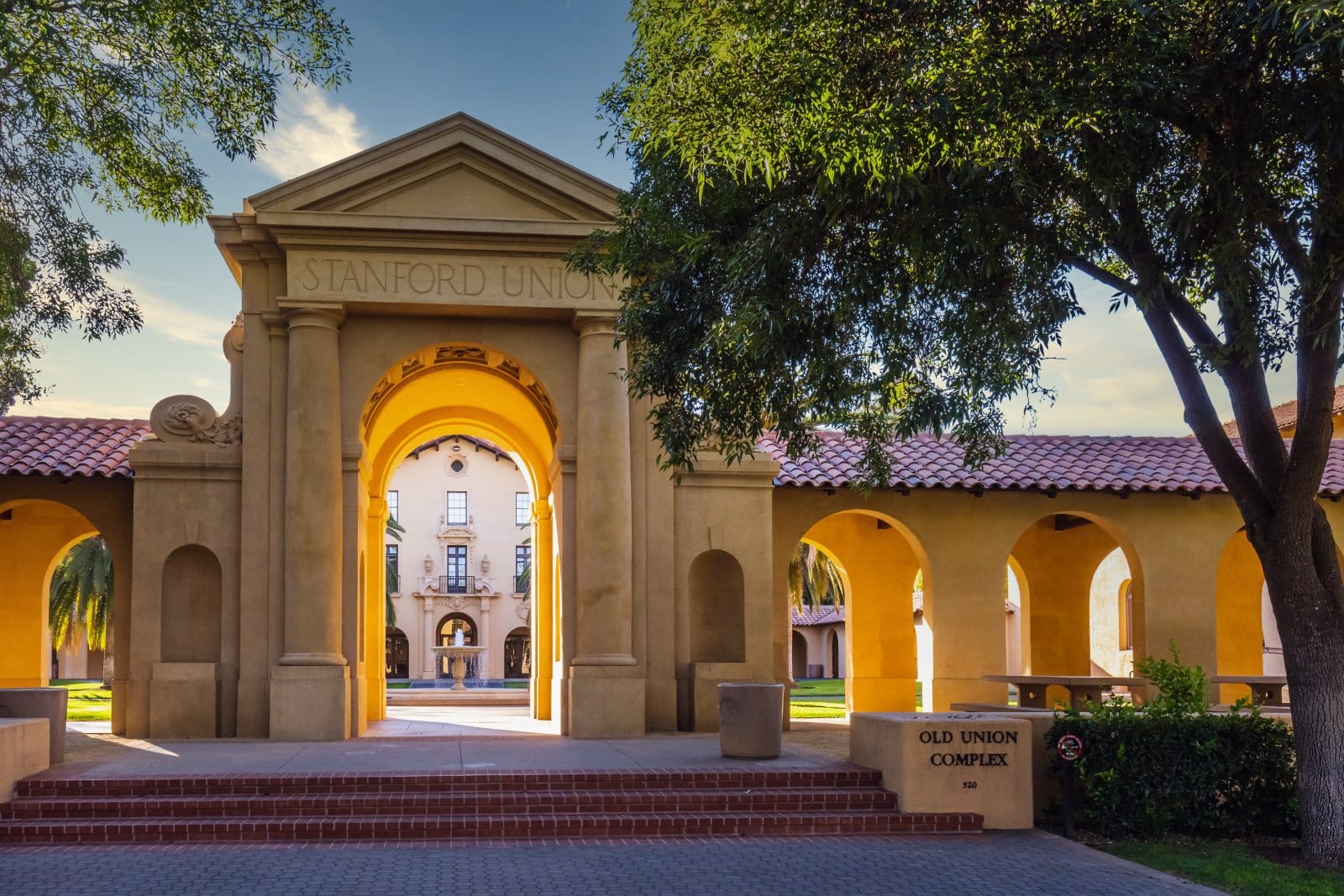
Wondering which universities are the cream of the crop and which ones fall short of the mark? Today, we’re ranking the 24 best and worst universities in the United States to give you the inside scoop on higher education excellence and disappointment. Are you ready to uncover the highs and lows of academia? Ranking the Top and Bottom 24 U.S. Universities
18 Trending Jobs That Let You Travel While Working

Dreaming of turning your wanderlust into a way of life? Believe it or not, there are careers that not only allow but encourage you to explore the globe, dive into new cultures, and collect experiences instead of things. Here are 18 unconventional jobs that offer just that, with a bit more insight into each. 18 Trending Jobs That Let You Travel While Working
Featured Image Credit: Shutterstock / zeljkodan.
The content of this article is for informational purposes only and does not constitute or replace professional financial advice.
For transparency, this content was partly developed with AI assistance and carefully curated by an experienced editor to be informative and ensure accuracy.





Leave a Reply